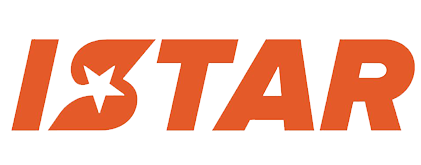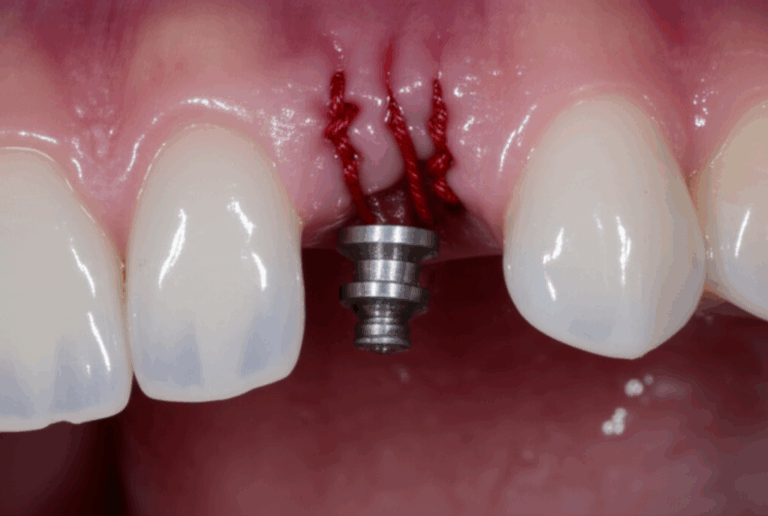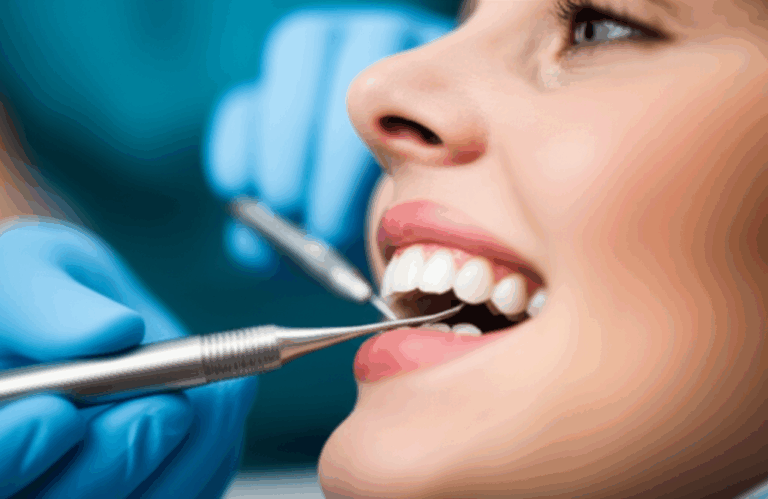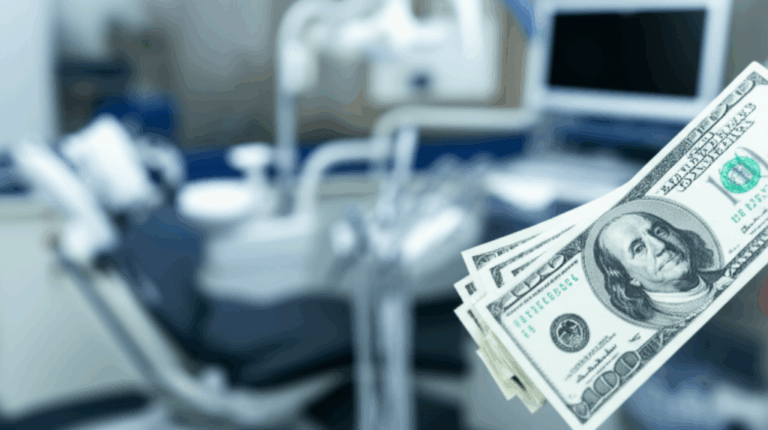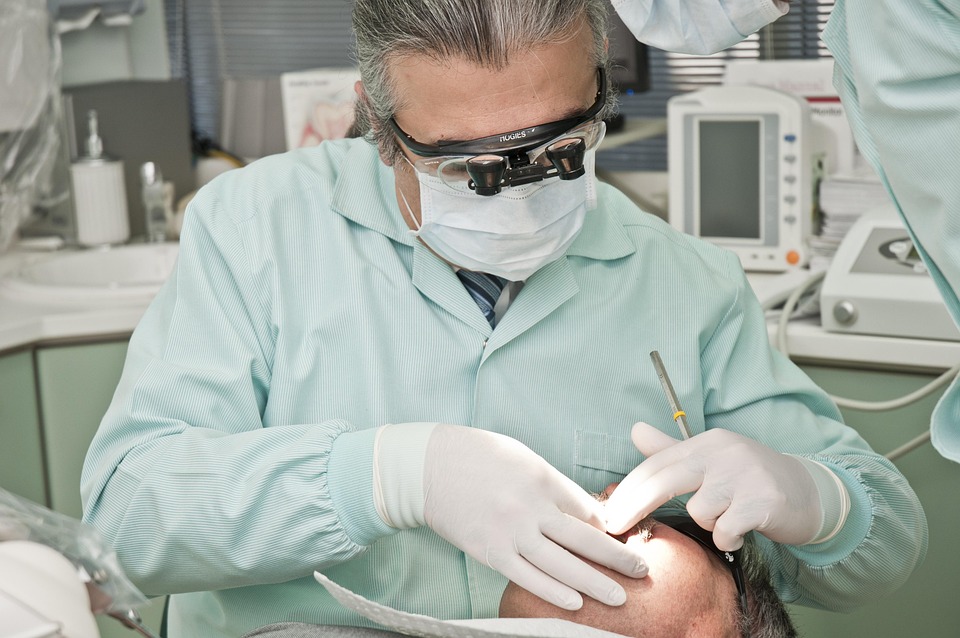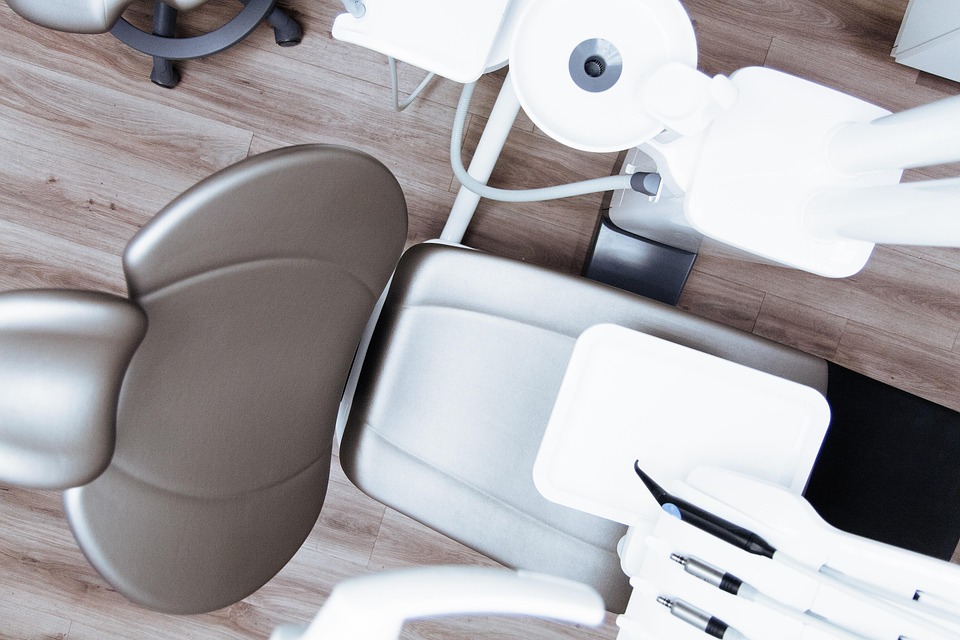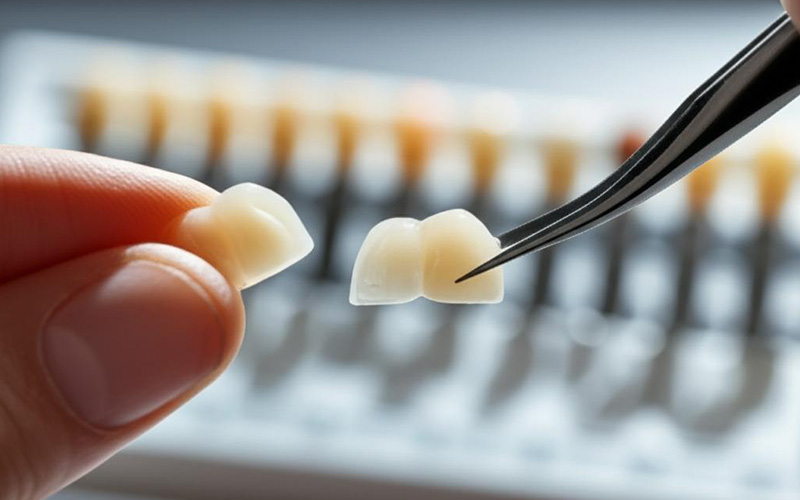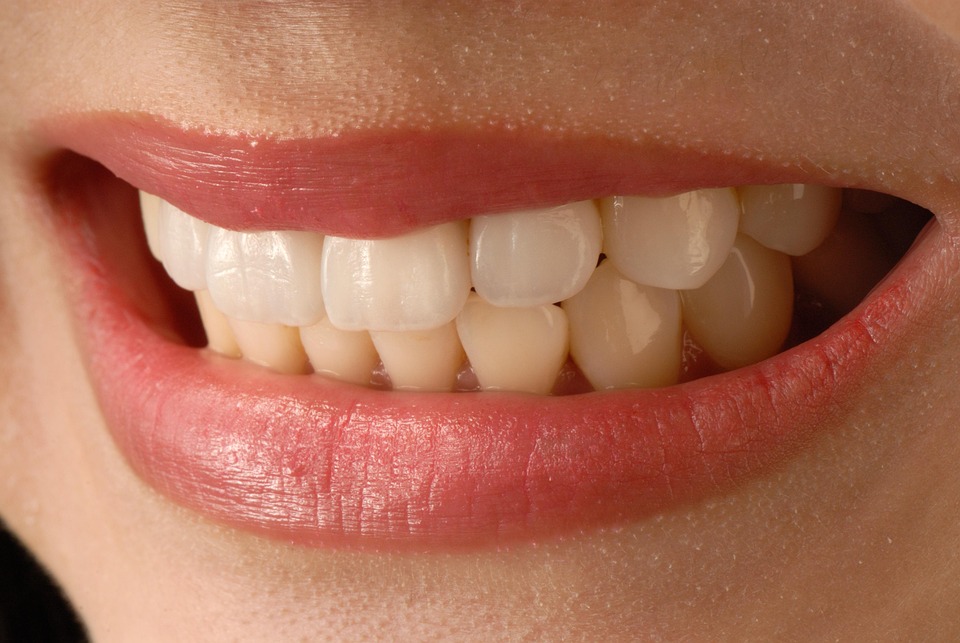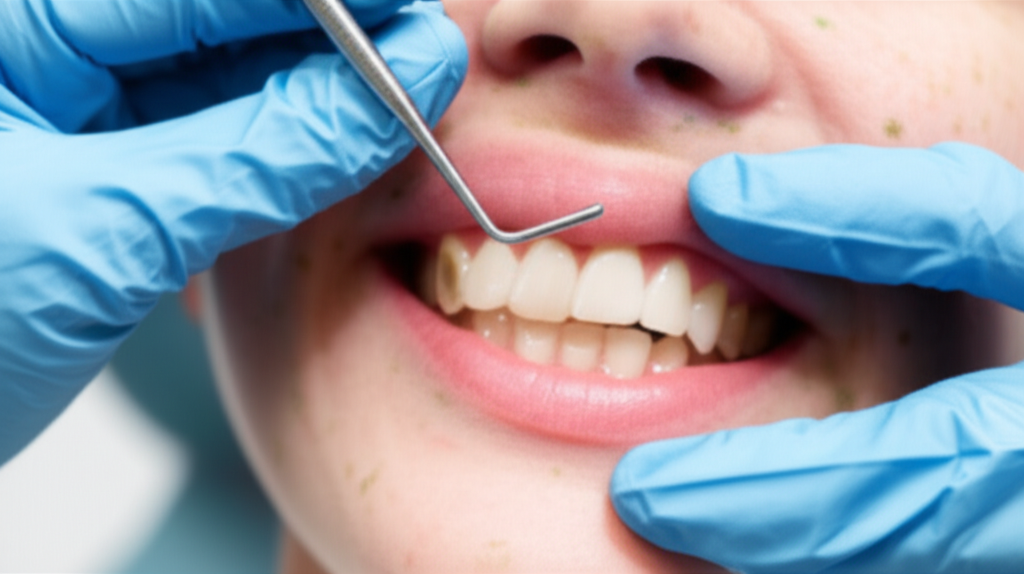
How Much Does an Emergency Dentist Appointment Cost? Your Guide to Pricing and Saving
Wondering how much an emergency dentist visit might cost you? You’re not alone. Dental surprises can hurt your mouth and your budget too. This simple guide breaks down what you’ll likely pay, why prices can be so different, and ways to save money when you really need help. If you (or someone you care about) might need a dentist quick, keep reading! Here are straight answers you can really use—no fancy dental words.
Table of Contents
Introduction: Why Do Emergency Dental Costs Matter?
Let’s be honest—when your tooth hurts at 2 am, the last thing you want to think about is how much it’s going to cost. But the price matters. Dental emergencies show up out of nowhere. Maybe a chunk breaks off your tooth while eating popcorn. Maybe your gums get red and puffy from an infection, or your crown drops out at dinner. These are times when you can’t just wait and hope things get better.
Lots of people wait to go to the dentist because they’re scared about the cost. But waiting can make pain worse, create new problems, and end up costing even more. Knowing what to expect before you call can help a lot.
What Really Happens During an Emergency Dentist Appointment?
If you’ve never had a dental emergency, here’s what’s likely to happen. You show up in pain. Maybe your jaw is puffy and sore or your tooth is split. The clinic gets you checked in fast, because they know this problem can’t wait.
- First, you fill out some forms—just like at any doctor’s office.
- Then, the dentist gives you a quick check, asks what hurts, and looks at where the problem is.
- Most times, they’ll take X-rays to see what’s going on inside your tooth or under the gum.
- After that, you’ll get a simple answer: What’s wrong? What can be done now?
- The dentist talks with you about what you need and what it will cost.
Usually, you get some pain relief at that visit—maybe a quick fix, pain pills, or infection medicine. Sometimes you’ll need to come back to finish things up. The visit might be pretty quick, but the bill can still add up.
Why Are Emergency Dentist Visits So Expensive?
Here’s the problem. Regular dental care can cost a lot already for many people. But when “emergency” is in the mix, prices can jump.
Emergencies often hit outside normal hours—like late nights, weekends, or holidays—so some dentists charge more at those times. The work might also be trickier. Pulling a sore tooth, draining an abscess, or fixing a tooth fast all take skill.
Where you live matters too! Big city offices usually charge more than small town places.
Another thing—the longer you wait, the more expensive things get. Ignoring a sore tooth could turn a simple fix into a root canal or needing the whole tooth out. And yes, that makes the bill bigger.
How Much Is an Emergency Dental Appointment, Really?
Here’s what you came for—the simple truth: Most emergency dental visits cost between $75 and $250 just for the first checkup and advice. But that’s just to look and tell you what’s wrong.
Here’s a table to help:
| Procedure | Typical Cost (No Insurance) |
|---|---|
| Emergency Exam/Consultation | $75 – $250 |
| X-ray (Periapical/Bitewing) | $25 – $75 per image |
| Simple Tooth Extraction | $150 – $450 |
| Surgical/Impacted Tooth Extraction | $250 – $800+ per tooth |
| Root Canal (Front Tooth) | $700 – $1,100 |
| Root Canal (Molar) | $900 – $1,500+ |
| Emergency Filling | $100 – $400 |
| Re-cementing a Crown | $75 – $250 |
| Abscess Drainage | $150 – $500 |
| ER/Hospital Dental Visit | $500 – $2,000+ |
(These prices are without insurance. If you do have dental insurance, you might pay a lot less—sometimes 30% to 80% less.)
What Determines How Much You Pay?
The total price you pay depends on a few main things:
1. Type and Severity of Your Dental Emergency
A small chip or crack costs less than a big abscess or a tooth that’s really broken.
2. Where You Live
If you’re in a big city or rich neighborhood, you’ll usually pay more. There’s also a difference between fancy offices and places like dental school clinics.
3. Where You Go for Care
- Private Dentist: Can be more expensive, but usually faster and more friendly.
- Urgent Dental Care Clinic: Sometimes costs less, takes walk-ins.
- Dental School Clinic: Lower costs, but visits can take longer.
- Hospital ER: Usually the priciest—and they mostly just give pain medicine, not real dental treatment.
4. Time of Day/Week
After-hours, on weekends, and during holidays can be more expensive.
5. What Needs to Be Done
Most of your bill is for the treatment. X-rays, fillings, pulling a tooth, fixing a crown—all have different prices.
Is It Cheaper With or Without Dental Insurance?
A lot of folks worry about this. Dental insurance helps a lot, but usually only pays a part of the cost. What does this mean for you?
Dental plans often pay:
- 80% for basics like fillings or X-rays
- 50% for bigger things like crowns or root canals (after your deductible)
- There’s a yearly max—maybe $1,000 to $1,500
No insurance? You pay everything yourself. But still, you have choices. Some offices have payment plans, and there are ways to get discounts or help if you don’t have coverage (see below).
Quick tip: If you do have a dental plan (like HMO, PPO, or DMO), call first and see which emergency dentists are “in network.” You usually save a lot that way.
What Are the Typical Prices for Common Emergency Dental Procedures?
Let’s look at a few common fixes and what you might pay for them:
- Emergency Exam: $75–$250 for just the check and advice.
- X-rays: $25–$75 each. You may need more than one.
- Simple Tooth Pulling: $150–$450. If it’s infected or broken, cost can be higher.
- Wisdom Tooth Removal: $250–$800+ for each one if it’s stuck under the gum.
- Root Canal: $700–$1,500+, depending if it’s a front tooth or a back molar.
- Filling: $100–$400. Size and type of filling change the price.
- Crown or Bridge Repair: $75–$250 to glue it back. Making a new one adds a lot more.
If your filling drops out, your tooth cracks, or you have an abscess, getting it fixed quick is best—even if you’re worried about price. Waiting almost always costs more and hurts worse.
How Can You Save Money on an Emergency Dentist?
Here’s the good news! You do have some real ways to keep costs lower:
For People With Insurance:
- Read Your Plan: Know what’s covered, your deductible, and your yearly max.
- Stay in Network: Use dentists your plan works with to save money.
- Ask for Pre-approval: For bigger jobs, check if you need to ask the insurance first.
For People Without Insurance:
- Payment Plans: Some dental clinics let you pay over time. Ask about CareCredit or their own plan.
- Dental Discount Plans: These cost a yearly fee but get you cheaper rates—for emergencies these can help.
- Community Clinics/Dental Schools: Many cities have clinics based on income. Dental schools use students (with teachers watching) and cost less.
- Pay Cash Upfront: Some places will cut the price if you pay right then—ask!
- Use HSA or FSA: If you have a health savings or flexible spending account, it’s a tax-free way to pay for emergencies.
- Government Help: Medicaid and CHIP can cover emergency dental for some people. Check if you qualify.
For things like a broken crown or lost filling, your dentist might send it to a dental ceramics lab or a crown and bridge lab. Sometimes, lab choice (like a china dental lab) keeps prices lower, so ask your dentist.
Here’s a quick chart for ways to save:
| How To Save On Dental Emergencies | How Much Can It Help? |
|---|---|
| Payment Plans (CareCredit, in-house) | Spread costs over months |
| Dental Discount Plans | 10%–60% off procedures |
| Dental School/Urgent Care Clinic | Up to 50% less |
| Sliding Scale Community Clinics | Based on your income |
| Use HSA/FSA or State Assistance | Can cover most/all costs |
| Upfront Cash Payment Negotiation | 5%–20% off sometimes |
Should You Go to an ER, Urgent Care, or a Dentist for Tooth Pain?
This is where people sometimes get confused. Should you go to the hospital ER if your tooth pain is really bad? Most of the time, no.
The ER should be for life-or-death things—face swelling so bad you can’t breathe, bones sticking out, lots of bleeding. They usually can’t do dental repairs. At best, they give pain or infection medicine, then send you to a dentist. It costs a lot more than just going to a dental office first.
Try urgent care clinics or dental schools if you can’t see your dentist—they take walk-ins and often charge less, and they can actually fix the dental problem.
How Can You Plan For Future Dental Emergencies?
Don’t just hope nothing bad happens! Dental emergencies can hit anyone, even if you brush every day.
- See your dentist twice a year for checkups, even if your teeth feel okay.
- Take care of small problems when they start. A tiny cavity is easy to fix, but waiting could mean a root canal or tooth pulled out.
- Find out where your local emergency dental clinics are—know your options before you need them.
- Think about dental insurance, or sign up for a dental discount plan.
- Stay smart about dental health! Good info about teeth and dental care fundamentals is just a click away and can help stop problems before they start.
Ask your dentist if they use a lab that keeps costs lower for things like crowns or dentures. Some dental labs offer digital services that are quicker and sometimes cheaper too.
Conclusion: What Should You Remember?
Here are the main points for when you get stuck with an unexpected tooth problem:
- Emergency dentist costs are different everywhere, from about $75 for a quick checkup, to over $2,000 in the ER.
- Your bill depends on where you go, how bad the problem is, and what needs fixing.
- Dental insurance helps, but doesn’t pay for everything.
- Waiting costs more! Get help as fast as you can.
- You can save: payment plans, cheaper clinics, schools, and by asking about cash discounts.
- Only use the ER in real emergencies. Dental offices fix the actual problem and are cheaper.
- Prevention is best: regular checkups and catching problems early save you money and pain!
- Keep learning about dental care and your payment options. Knowledge is power!
FAQ About Emergency Dentist Costs
What should I do if I can’t afford emergency dental care?
Ask your dentist or clinics about payment plans, sliding fees, or CareCredit. Look into dental schools or community dental centers. You might qualify for Medicaid, CHIP, or other state help.
Is it cheaper to go to a dental school for emergency care?
Yes! Dental schools usually charge half or less what regular dentists charge. Students (with teachers watching) do the work, and you might have to wait a bit longer.
Will dental insurance cover all emergency costs?
No, but it pays for most basic things (fillings, X-rays, or pulling teeth) after your deductible. Big jobs (like root canals or crowns) might only be partly covered, plus there’s a yearly limit.
How do I avoid big emergency dental bills?
Go for checkups, fix small stuff early, get insurance or a discount plan, and learn about healthy habits with good resources like teeth information.
Can a digital dental lab help lower costs for crowns or dentures?
Yes! Some offices work with a digital dental lab so fixes are faster, more exact, and sometimes even cost less.
Bullet Point Summary:
- Emergency dental visits cost between $75 and $2,000+, depending on what you need fixed.
- What you pay depends where you go, when, what the problem is, and if you have insurance.
- You don’t have to pay big bills alone—ask about payment plans and get help.
- Dental clinics and schools are usually better than the ER for most dental pain.
- Insurance cuts costs but doesn’t pay for everything.
- Don’t wait! Delays make pain worse and bills higher.
- Keep up with regular checkups and know what to do if an emergency comes up.
Stay calm, ask the right questions, and remember—you’ve got more power than you think when it comes to a tooth emergency!
